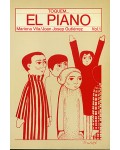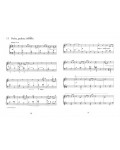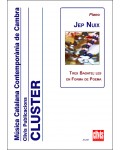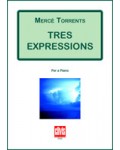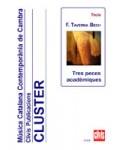
No products
Prices are tax included
Product successfully added to your shopping cart
There are 0 items in your cart. There is 1 item in your cart.
- English
- Castellano
- Català
Impressions
DE635
Two Impressions for piano are composed in the traditional form of a piano piece. The first piece forces the left hand to work in an obstinate rhythm of semi-quavers and this element then passes to the right hand in the second work, while they both give off a serious, delicate air, painted with popular melodies that are perfectly in keeping with the origins of the work.
| Period | 20th c. |
| Subheading / Parts | Cançó de les muntanyes - Clarícia al lluny |
| Instruments | piano |
| Pages | 12 |
| Time | 12 min |
| Contents | score |
| ISMN | 979-0-3502-0555-2 |
| Price of print edition | 12,50€ |
| Edition | Digital |
The Two Impressions for piano by Mercè Torrents are composed in the traditional form of a piano piece. The first piece forces the left hand to work in an obstinate rhythm of semi-quavers and this element then passes to the right hand in the second work, while they both give off a serious, delicate air, painted with popular melodies that are perfectly in keeping with the origins of the work.
The composer recalls: “I composed both these pieces when I was young, before I met the person who would eventually become my teacher, Cristòfor Taltabull. I visited Master Ricard Lamote de Grignon with my father, Joan Torrens, as they were very good friends. During that visit, Master Lamote asked me to write one piano piece for the left hand and another for the right. In the first case, I imagined a song that would be carried over from mountain to mountain, and that is how Cançó de les muntanyes (Mountains song) for the left hand was created. In writing the other piece, I was inspired by a feeling. It was as though I’d seen a light in the distance that told me that I would become a composer. For that reason, my father entitled it Clarícia al lluny (Light in remoteness). Master Lamote suggested I compose another work with the same format as his Engrunes (Crumbs), and so I composed the suite Esquitxos (Splashes), (Clivis, 2001 ref.S050). This led me to proclaim to my father that I was a composer and that I felt completely fulfilled. Since Master Lamote was unable to give me lessons, Pere Vallribera, my piano teacher, referred me to Cristòfor Taltabull, who had just come back to Barcelona. He became my teacher in composition and exerted an extremely important influence on my subsequent training and development”.

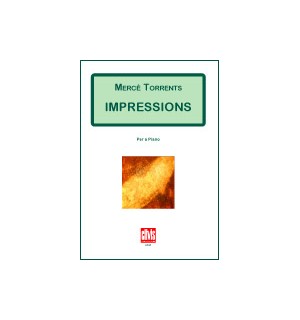




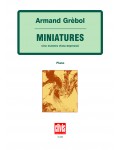
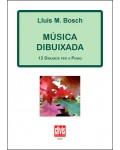
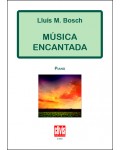
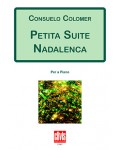
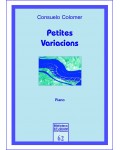
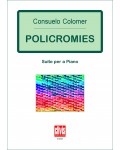
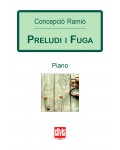
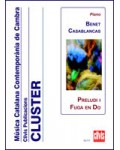
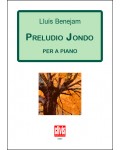
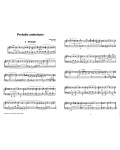
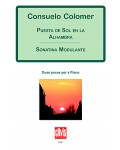
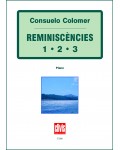
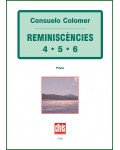
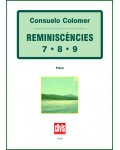
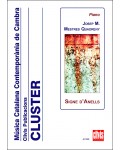
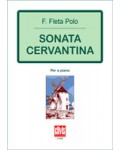
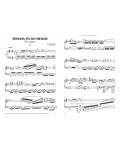
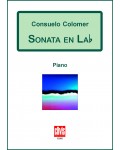
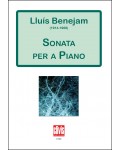
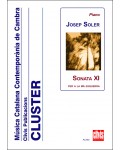
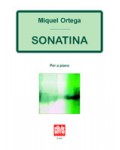
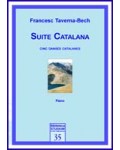
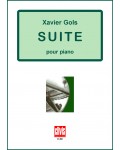
![Tema amb [4] variacions](https://www.clivis.cat/1964-home_default/tema-amb-variacions.jpg)
![Tema amb [10] variacions](https://www.clivis.cat/1709-home_default/tema-amb-variacions.jpg)
